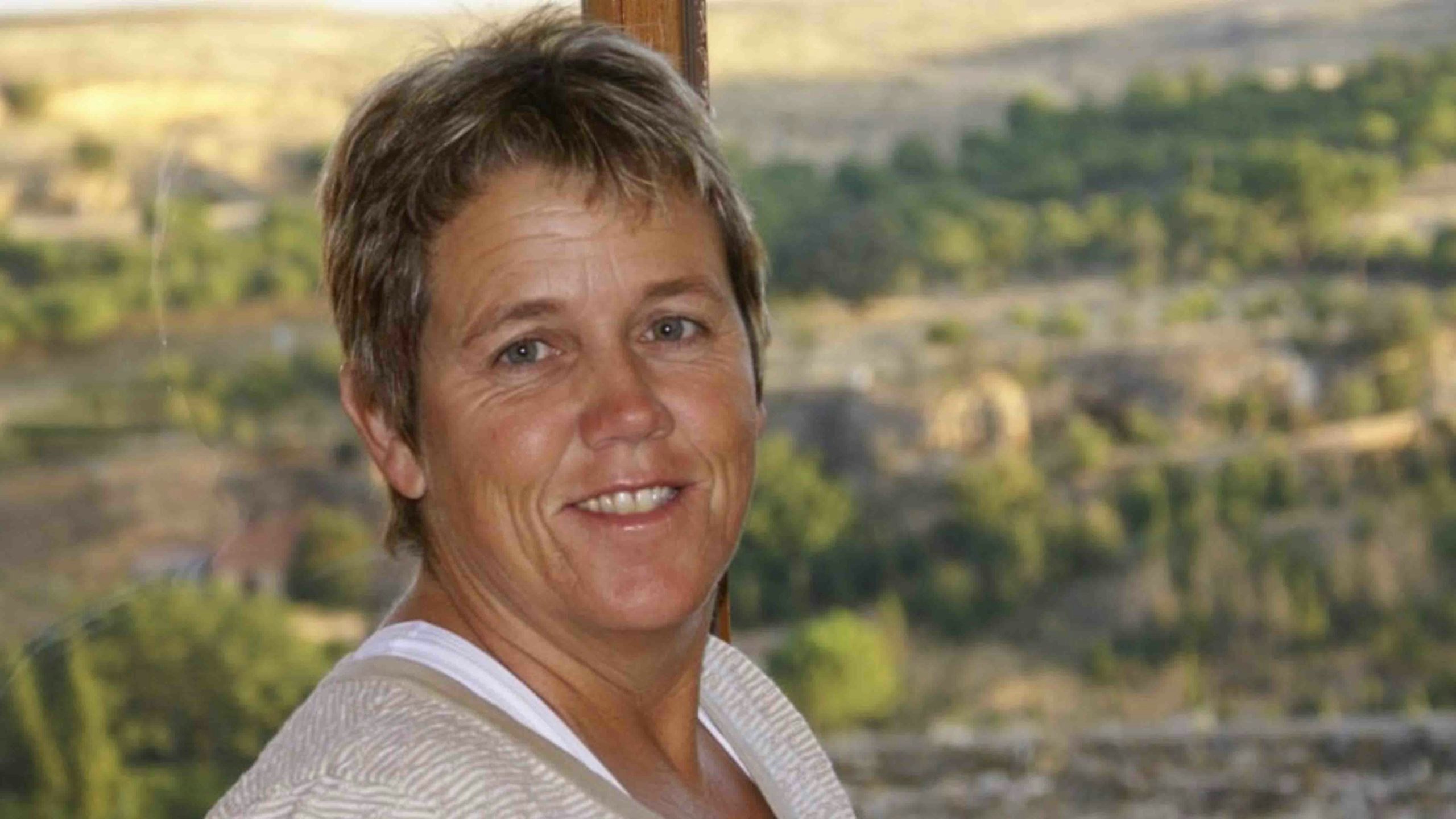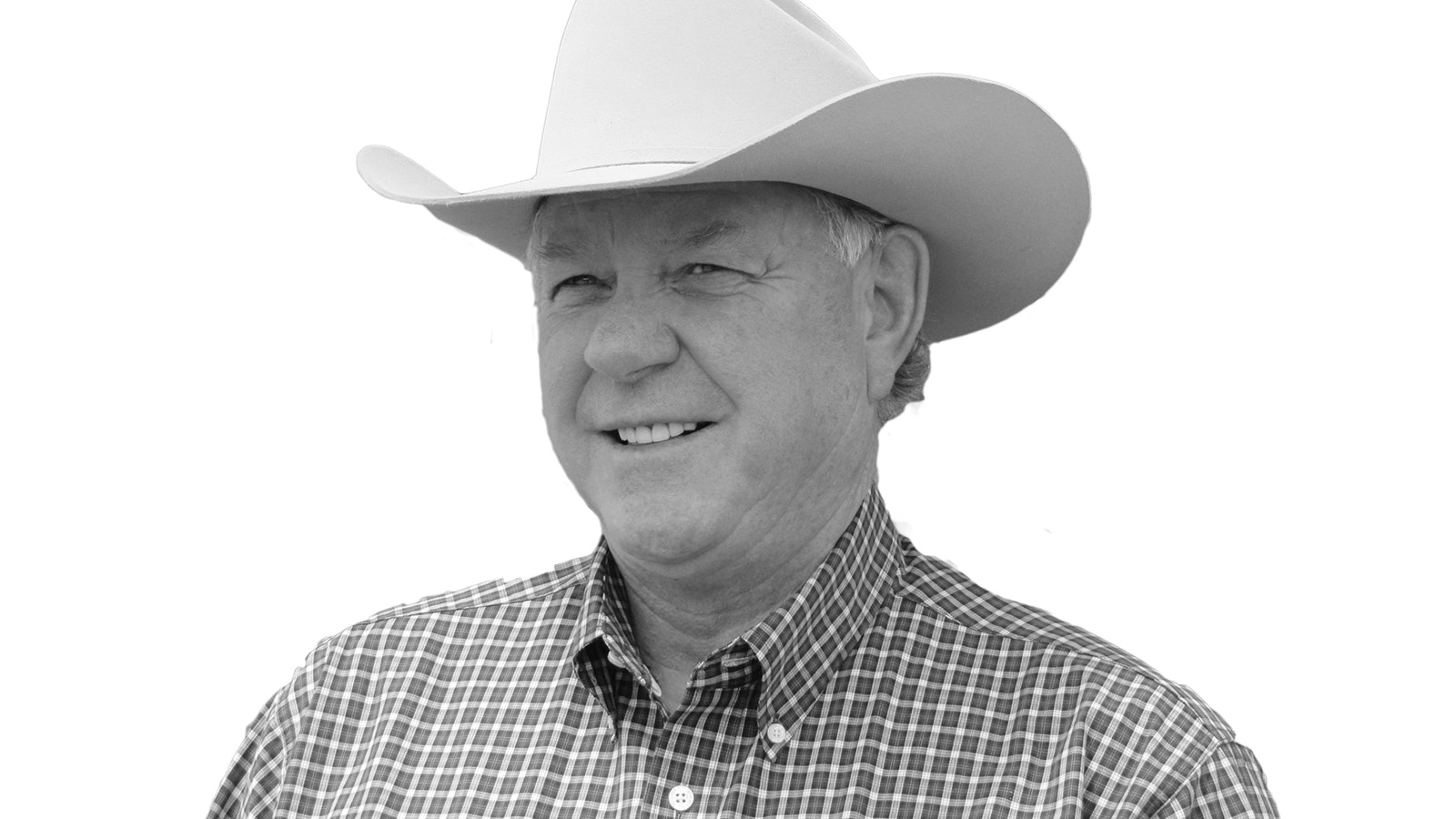As I sat down with my morning coffee to peruse online news one day last week, a Washington Post headline grabbed my attention: “In a ‘sacred’ desert, the U.S. turns away from drilling and mining.”
Suspecting the article was about the Bureau of Land Management’s plan for the Rock Springs District, I clicked on the article only to see the lead photo featuring a beautiful, wild river as the primary image, with the caption “Big Sandy Foothills in Wyoming on Oct. 24.”
I know that spot well, as I see it every day. The beautiful wild river is the Big Sandy River as it flows through an agricultural operation.
The meandering river, thick willows, lush vegetation, and pine trees in the foreground of the image are all located on private land. Even some of the rugged hillsides in the image are private ground, while public land serves as the backdrop.
The public land isn’t landlocked, but is not accessible from the location where the image was taken because that’s a private pasture reserved for quiet animal husbandry.
I know that view as the “River Pasture” where we lambed out a ewe flock last spring, enjoying being able to lamb so close to the house, which is tucked back out of sight behind the ridge on the left side of the image.
As I read through the article about the controversy over the Rock Springs plan, I was distracted by the other images accompanying the words.
One shows a herd of elk running through the sagebrush near a fence I’ve sunk more than a few staples into, as the land inside that fence is also private ranchland.
I spent peaceful nights camped out under the stars next to a sheep flock there, and had some adventurous nights as well, like the time the livestock guardian dogs chased a bear past my bedroll. Or the morning I struggled to deal with the aftermath of a pack of wolves attacking our sheep flock but being fought back by the dogs, wounding one severely.
Another image was of a group of pronghorn antelope at the junction of Lander Cutoff, looking toward the road that leads to the Bridger Wilderness – the photo includes a mixture of private ranchland and public land.
I know that old cabin just outside the frame to the right remains a special place to the Basque family who raised their kids and grew their sheep outfit from that spot. The trout in that little willow-lined stream are a dream for teaching a child how to fish.
A fourth image was of an elk hunter sitting with an elbow on a rock overlooking a vast landscape. That gorgeous landscape includes private ranchlands belonging to two agricultural operations as well as public lands.
The private lands in the image remain unfenced, providing a simple but unacknowledged demonstration of the stewardship exhibited by the ranches as they seek to maintain the health of the entire landscape rather than just their private ground.
But the oversimplification of the controversy over the Rock Springs plan misses these important nuances.
The words of the Post article tell us about federal policies that have prompted outrage in Wyoming, an important supplier of the nation’s fossil fuels. “Most of this comes from federal lands, which Wyoming’s powerful ranching industry also relies on for cattle grazing,” the article explains.
Washington Post writer Timothy Puko wrote: “What makes this desert special, advocates and scientists say, is the variety of flora and fauna that thrive here. Vast herds of elk and mule deer pass twice a year through these sandy foothills, one of North America’s longest mammal migration corridors. It also provides important habitat for sage grouse — a barometer for the health of other Western wildlife — and pronghorn, including some of the largest herds in the state.”
The BLM’s plan, and its supporters, neglect the impact of the plan to the private ground that is scattered throughout this sagebrush sea.
These lands are parts of migratory livestock operations, where domestic sheep and cattle move with the seasons for grazing, following much of the same patterns – and even the same routes – as migrating wildlife. Sustaining this natural method of producing food and fiber also helps to sustain the wildlife populations that rely on private land to meet their habitat needs.
Visualize this: If you set the land ownership map for that V-shaped section of BLM land located north of Farson next to the map of waterways in that same parcel, you’d see the yellow blocks of public lands are dissected by white sections of private land that branch through landscape like veins. That’s because most of the private lands are located along waterways but are surrounded by public lands.
Much of these private ranchlands are not fenced other than grazing allotment boundary fences that encompass both private and public ground. Since all animals in this foothills and desert country need water, the importance of the private ground is unmistakable.
But the Post article explained things from a different perspective. It stated: “Climate change, extreme weather and development pressures are further threatening already-shrinking animal populations. Those problems imperil habitat already fragmented by ranch fences, and oil and gas roads. Without stronger protections, Wyoming risks becoming more like neighboring states to the east, where agriculture and development have chased wildlife away, Knight said.”
Reading that was like taking a punch to the gut, but the comments on the article from the concerned public were even worse.
The continuance of traditional ranching operations are what has kept this landscape – and its wildlife migrations – intact and functioning. These ranches are not fragmenting habitat, but holding the habitat together. This glorious landscape is shared range, with domestic livestock and wild animals both thriving on nature’s bounty.
Because these lands are managed on a landscape scale, you don’t find a lot of fenced parcels and no trespassing signs. You can travel along a two-track road on a four-wheeler, or dip a fishing line into the river, or park your hunting camp on that sweet spot – without ever knowing you are on private ground. Many public lands users have no idea that their enjoyment of our public lands also involves interspersed private lands. These lands are all interconnected.
That’s just one of the reasons why ranchers, private landowners, and livestock grazing permittees in this BLM district are so concerned that this plan needs to set out not just a path forward to conserve all the wonderful natural resources in this area, but a path that allows for the continuance of traditional ranching operations that keep our families and communities intact as well.
The choice is not between the extremes of ruining or preserving the landscape. There is a middle ground, where we all continue to share this spectacular landscape.
Cat Urbigkit is an author and rancher who lives on the range in Sublette County, Wyoming. Her column, Range Writing, appears weekly in Cowboy State Daily.





